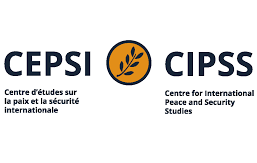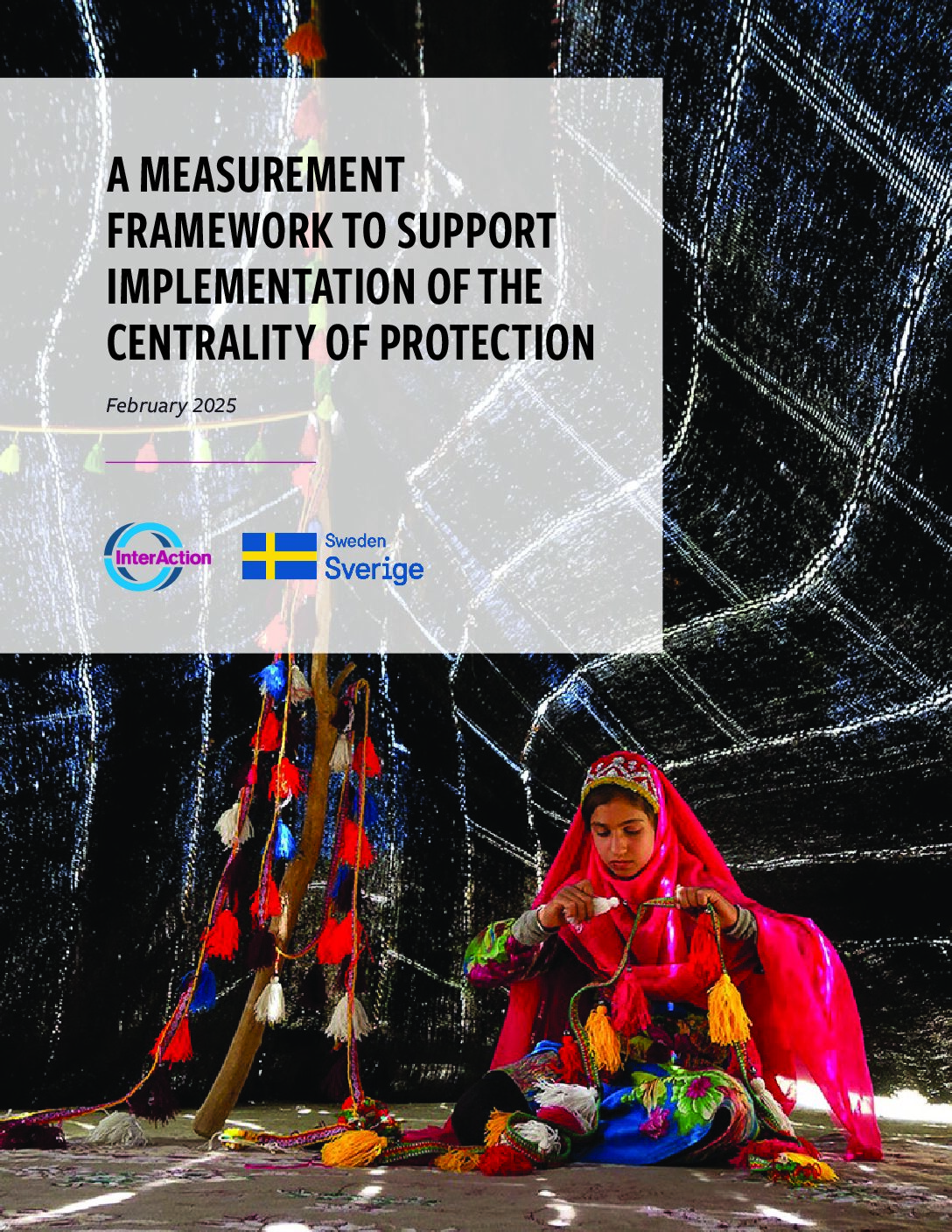It is important that communicating with communities is not a tokenistic process or “box-ticking” exercise but a core modus operandi to ensure interventions are relevant and suited to the context. From intervention design, to data collection to analysis, to program evaluation, there are opportunities to engage affected communities in a meaningful way; however, this can often be challenging when evaluators are operating in environments where they don’t speak the language or have an in-depth appreciation of the cultural context. In this American Evaluation Association blog piece, blogger Jessie Tannenbaum teases out what to consider in our evaluation design and planning to ensure effective interlingual communication with affected populations.
Resource considerations
Firstly, effective interlingual communication requires resources, and is important to incorporate budget lines for translation/ interpretation from the design and planning stages of the program cycle. He suggests making sure your evaluation is budgeted at local market rates for interpreters and translators, you allow for interpreter overtime and translation rush fees, and remember to budget for interpretation equipment.
Poor survey translations can distort findings, and the Institute for Social Research at the University of Michigan has published must-read guidelines on translating surveys. Best practices include planning translation as part of study design, using a team translation approach, and assessing the translation prior to pre-testing.
Engage Local Experts and Clarify Terms
Unless you are conducting an evaluation on a subject in which you have technical training, in your native language and your native country, it is critical to consult with local experts (and interpreters) on the evaluation subject and define commonly-used terms, as even the same term in the same language may have different meanings in different countries/ regions.
- Best Practice
Treat interpreters as part of your evaluation team. Orient them to your research process and interview/focus group techniques, and debrief afterwards
Cultural Context
To ensure “do no harm” principles are upheld and to achieve effective information exchange with affected populations, an understanding of the cultural context is fundamental. Even working with the best interpreter, external evaluators who don’t speak the language of people participating in their evaluation will inevitably miss some cultural context, and a failure to make proper investments in understanding the cultural and social landscape can derail an evaluation.
For additional tips and other “rad resources” on conducting evaluations in a foreign language, see the full post, HERE.



